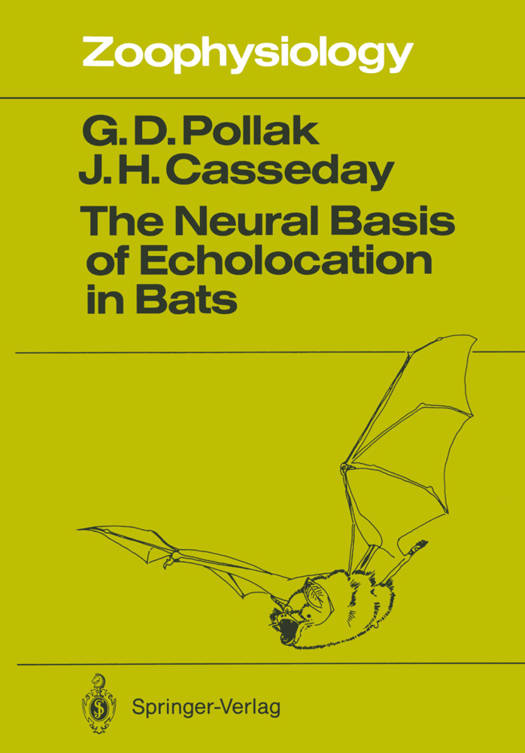
- Afhalen na 1 uur in een winkel met voorraad
- Gratis thuislevering in België vanaf € 30
- Ruim aanbod met 7 miljoen producten
- Afhalen na 1 uur in een winkel met voorraad
- Gratis thuislevering in België vanaf € 30
- Ruim aanbod met 7 miljoen producten
Zoeken
Omschrijving
The brain of an echo locating bat is devoted, in large part, to analyzing sound and conducting behavior in a world of sounds and echoes. This monograph is about analysis of sound in the brainstem of echolocating bats and concerns the relationship between brain structure and brain function. Echolocating bats are unique subjects for the study of such relationships. Like man, echolocating bats emit sounds just for the purpose of listening to them. Simply by observing the bat's echolocation sounds, we know what the bat listens to in nature. We therefore have a good idea what the bat's auditory brain is designed to do. But this alone does not make the bat unique. The brain of the bat is, by mammalian standards, rather primitive. The unique aspect is the combination of primitive characteristics and complex auditory processing. Within this small brain the auditory structures are hypertrophied and have an elegance of organization not seen in other mammals. It is as if the auditory pathways had evolved while the rest of the brain remained evolutionary quiescent.
Specificaties
Betrokkenen
- Auteur(s):
- Illustrator(s):
- Uitgeverij:
Inhoud
- Aantal bladzijden:
- 143
- Taal:
- Engels
- Reeks:
- Reeksnummer:
- nr. 25
Eigenschappen
- Productcode (EAN):
- 9783642836640
- Verschijningsdatum:
- 15/12/2011
- Uitvoering:
- Paperback
- Formaat:
- Trade paperback (VS)
- Afmetingen:
- 170 mm x 244 mm
- Gewicht:
- 258 g

Alleen bij Standaard Boekhandel
+ 263 punten op je klantenkaart van Standaard Boekhandel
Beoordelingen
We publiceren alleen reviews die voldoen aan de voorwaarden voor reviews. Bekijk onze voorwaarden voor reviews.








